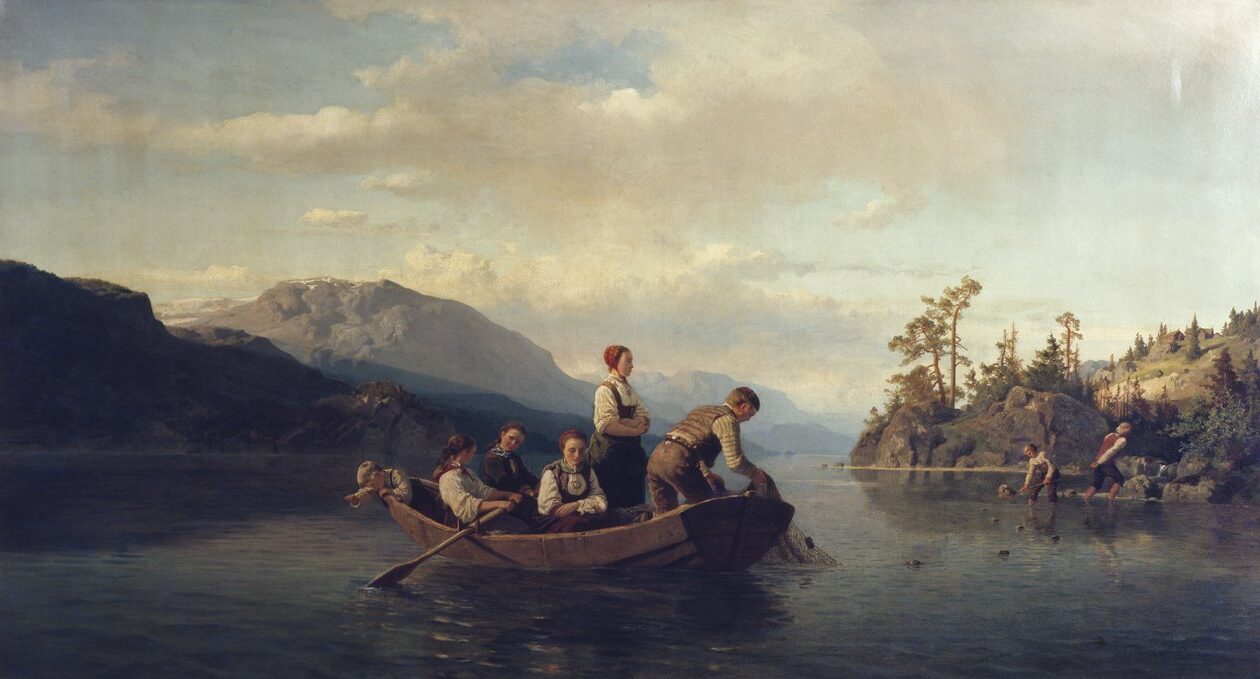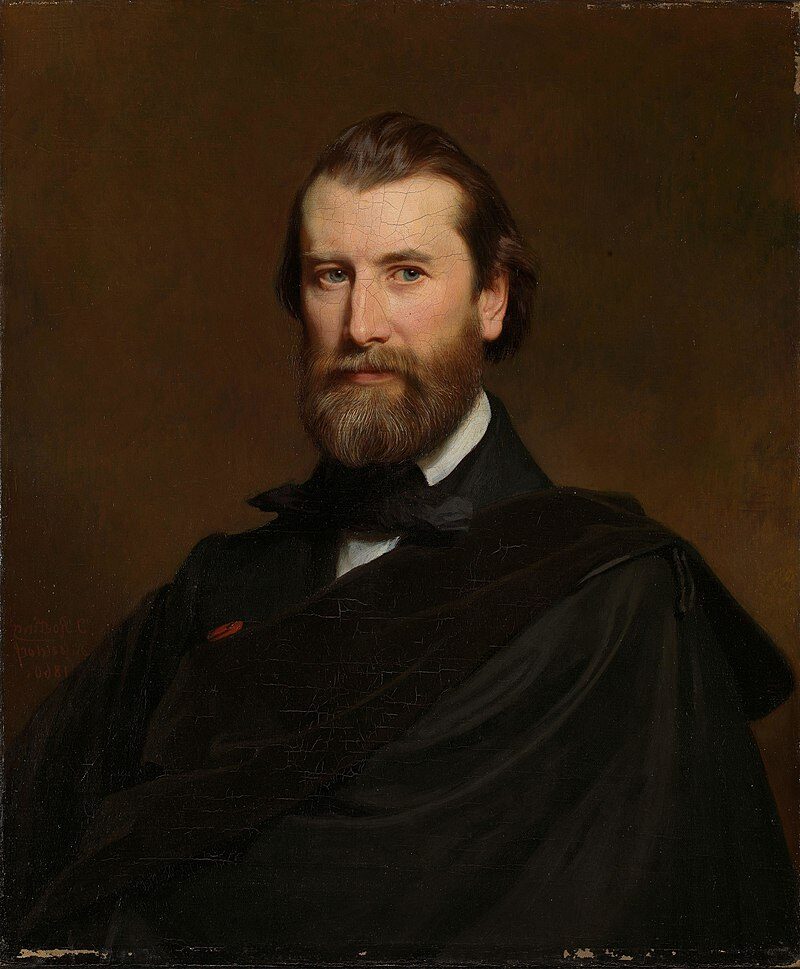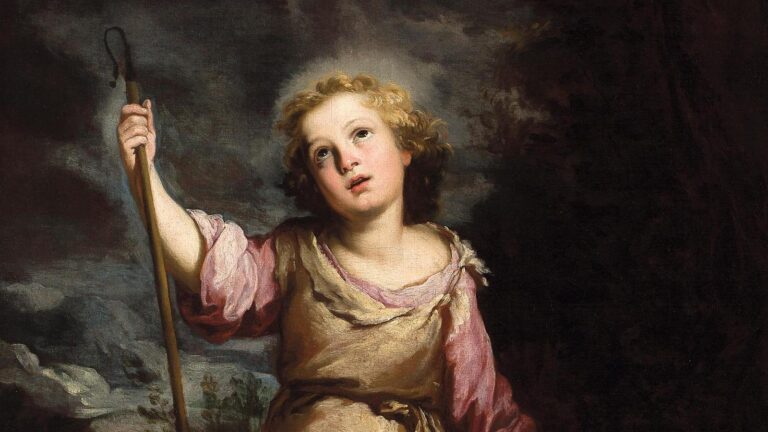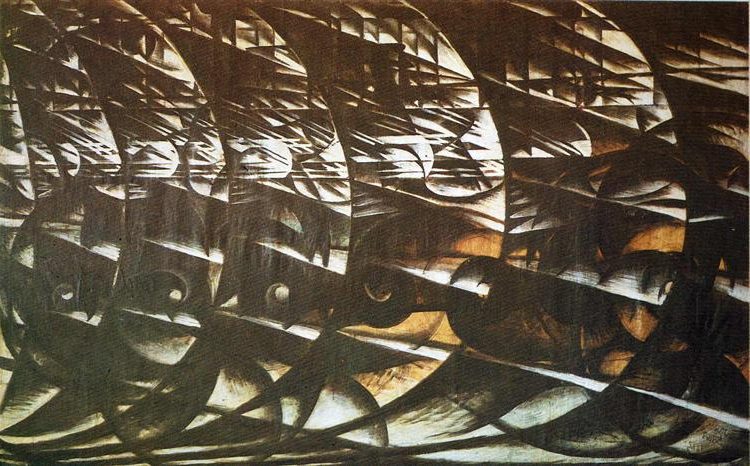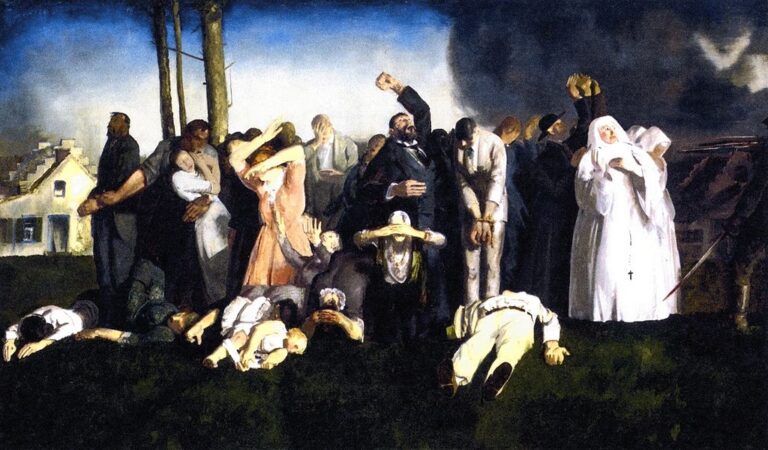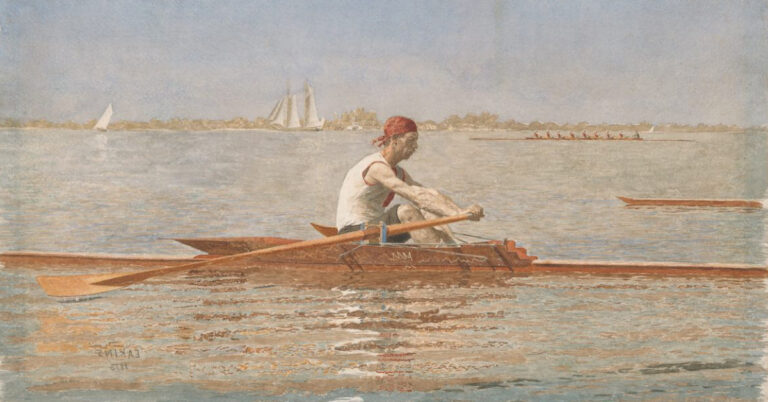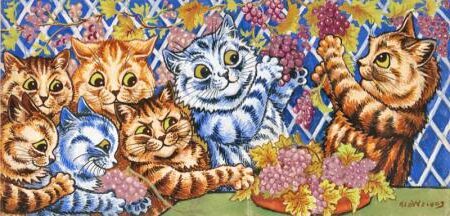Adolph Tidemand: Painter Who Defined Norwegian National Identity Through Folk Art
Born: 14 August 1814, Mandal, Vest-Agder, Norway
Death: 8 August 1876, Christiania, United Kingdoms of Sweden and Norway
Art Movement: Norwegian Romantic, Nationalism
Nationalité : Norvégien
Influenced By: Theodor Hildebrandt
Institution: Kunstakademie Düsseldorf and Royal Danish Academy of Fine Arts
Adolph Tidemand: The Painter Who Defined Norwegian National Identity Through Folk Art
Vie et carrière
Adolph Tidemand established himself as one of Norway’s most significant painters during the 19th century. His artistic journey took him from his Norwegian homeland to prestigious European art academies. Afterward, he became known for his detailed depictions of Norwegian rural life.
Petite enfance et éducation
Adolph Tidemand was born on August 14, 1814, in Mandal, Norway. This timing would later prove symbolic as his art became an expression of Norway’s growing national identity.
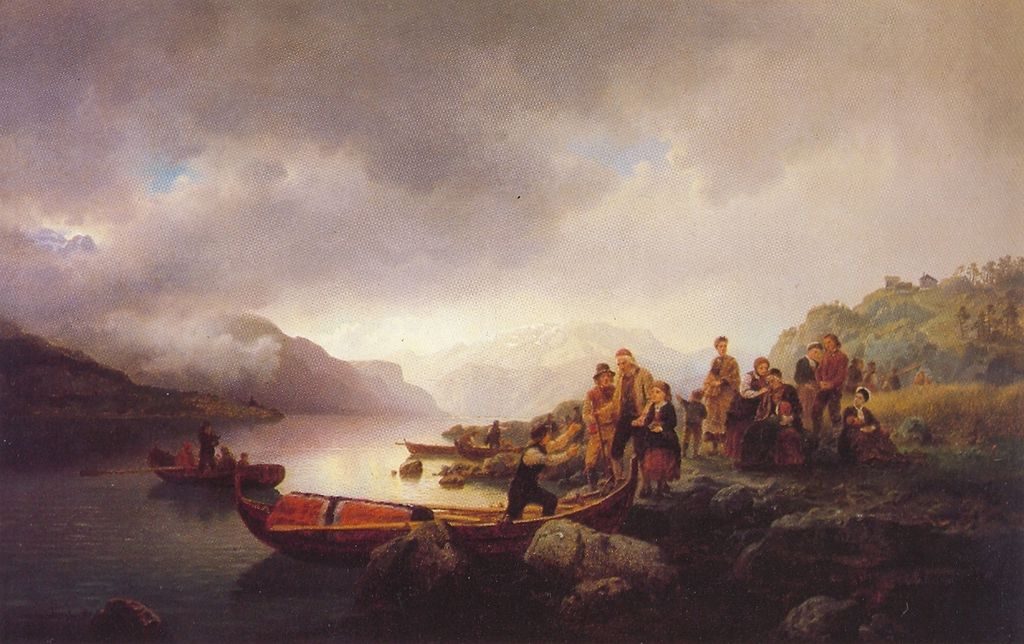
Likferd På Sognefjorden (Burial at Sognefjord, 1853) by Adolph Tidemand
As a young man, Tidemand demonstrated exceptional artistic talent. He pursued formal training at the Academy of Art in Copenhagen starting in 1832. After completing his studies there, he continued his education at the renowned Düsseldorf Academy in Germany under Theodor Hildebrandt.
The Düsseldorf school significantly influenced Tidemand’s artistic style, characterized by realistic detail and romantic themes. In 1841, he further expanded his artistic horizons by studying in Italy with his brother Emil, though few works from this period remain.
Collaboration With Hans Gude
Tidemand’s most productive partnership was with landscape painter Hans Gude. Together, they created several masterpieces that captured Norway’s essence through complementary skills.
Their collaboration typically involved Tidemand painting the human figures while Gude created the landscapes. This partnership produced iconic works that represented Norwegian identity during a crucial nation-building period.
One of their most celebrated collaborative paintings is “Bridal Procession on the Hardangerfjord” (1848), which beautifully combines Tidemand’s skill with human subjects and Gude’s masterful landscapes. Their artistic partnership exemplified how different talents could merge to create powerful nationalist imagery.
Contribution to Norwegian Romantic Nationalism
Tidemand’s work became central to Norway’s romantic nationalism movement. His paintings captured rural Norwegian life with dignity and authenticity during a time when the young nation was forming its cultural identity.
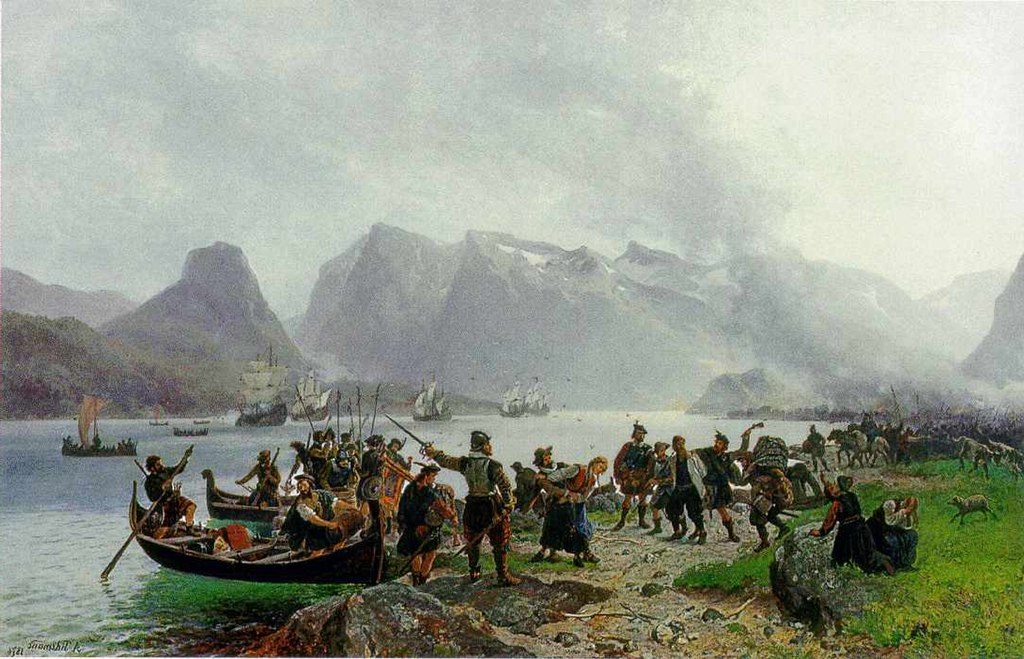
Sinclairs Landing i Romsdal (1876) by Adolph Tidemand
“Haugianerne” (The Haugeans, 1852) stands among his most significant works. This painting depicts followers of the Norwegian lay preacher Hans Nielsen Hauge, showcasing Tidemand’s ability to capture profound emotional and cultural moments in Norwegian history.
Tidemand’s artistic focus on Norwegian peasant life and folk traditions helped preserve cultural heritage when Norway was seeking independence. His detailed, respectful portrayals of rural customs and traditional clothing created a visual record of Norwegian cultural identity that resonated deeply with the growing nationalist sentiment.
Style artistique et techniques
Adolph Tidemand developed a distinctive artistic approach that combined romantic nationalism with careful attention to detail. His techniques evolved throughout his career as he sought to capture authentic Norwegian rural life.
Influence of Color Brilliance
Tidemand mastered the use of color brilliance to create emotional depth in his paintings. He carefully selected his materials, often working with fine art pasteboard and high-quality watercolor paper that allowed his colors to maintain their vibrancy. His palette typically featured rich earth tones contrasted with occasional bright highlights.
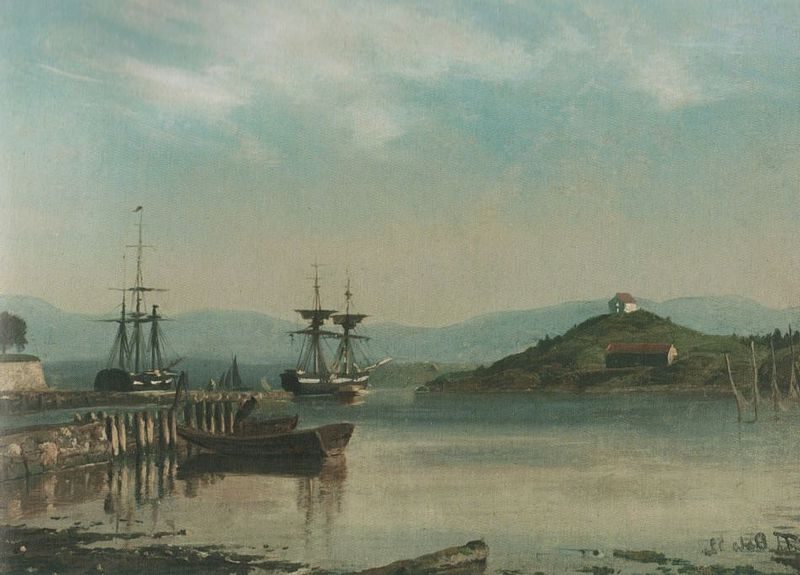
Parti fra Oslo Strandgate (View from Oslo Beach Street), 1852
Unlike contemporaries like Claude Monet who experimented with impressionistic color techniques, Tidemand employed more controlled color application. He used layered glazes to achieve luminosity in his scenes of Norwegian interiors.
His painting “Haugianerne” demonstrates his skill with subtle color variations to create a solemn atmosphere through carefully balanced browns, grays, and strategic touches of light.
Development of National Identity Through Art
Tidemand’s work became central to Norway’s growing sense of national identity in the 19th century. He depicted Norwegian peasant life with dignity and authenticity during a period when the country sought cultural independence.
Unlike poster art that might idealize rural scenes, Tidemand’s paintings showed genuine customs and everyday moments. He traveled extensively through Norwegian villages, creating detailed studies of clothing, architecture, and traditions.
His technique involved careful observation and documentation before studio completion of larger works. This methodical approach resulted in paintings that served as both artistic achievements and cultural documents.
His collaboration with landscape painter Hans Gude on “Brudeferd i Hardanger” exemplifies how his figures helped define Norwegian national character through art.
Comparison With Contemporary Painters
Tidemand’s style differed significantly from other prominent artists of his era. While Vincent van Gogh used expressive brushwork and emotional color, Tidemand maintained tighter control with precise detail and realistic representations.

Brudeferden i Hardanger (Bridal Party in Hardanger), 1848
His work shares some qualities with Gustav Klimt in their mutual interest in portraying cultural traditions, though without Klimt’s decorative flourishes or symbolic complexity. Tidemand focused on narrative clarity rather than stylistic experimentation.
Unlike many romantic painters who dramatized nature, Tidemand concentrated on human interactions within traditional settings. His figures appear natural and unposed, showing genuine emotion within their cultural context.
His painting technique featured smoother transitions and more controlled brushwork than many of his contemporaries, resulting in images that feel documentary in their approach to capturing Norwegian life.
Héritage et influence
Adolph Tidemand’s artistic contributions continue to shape Norwegian cultural identity long after his death in 1876. His realistic yet romantic depictions of Norwegian rural life established him as a cornerstone of the country’s national romantic movement.
Preservation in Museums and Collections
Tidemand’s works are proudly displayed in numerous prestigious institutions across Norway. The National Museum in Oslo houses several of his masterpieces, including “Haugianerne” (The Haugeans), considered one of his defining works. The painting depicts a religious home meeting and showcases Tidemand’s skill in portraying emotional depth.
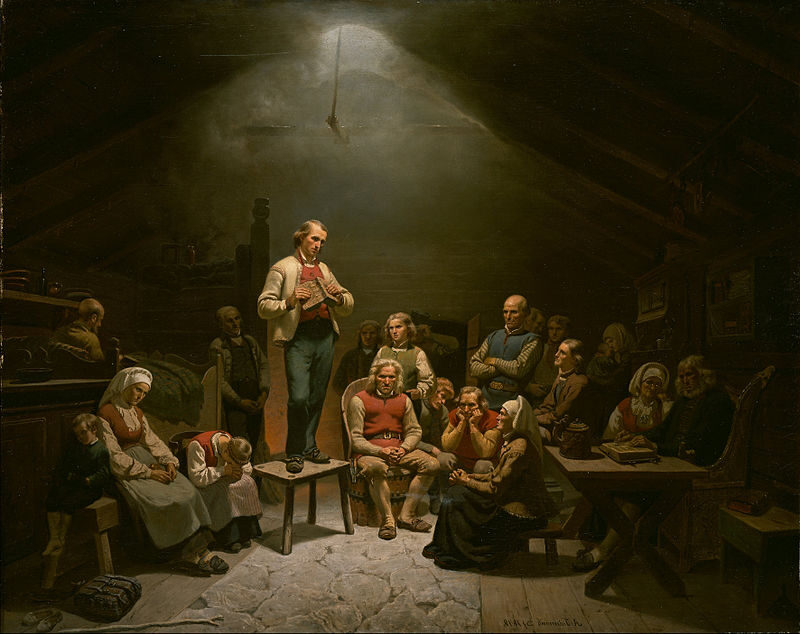
Haugianerne (Low Church Devotion or The Haugeans), 1852
The Bergen Art Museum maintains a significant collection of his portraits and rural scenes. Many of his paintings feature traditional elements like hanging lamps and satin fabrics that highlight his attention to detail and technical mastery.
Private collections worldwide also preserve Tidemand’s legacy, with some works occasionally appearing at major auction houses commanding substantial prices.
Impact on Modern Norwegian Painters
Tidemand’s influence on subsequent generations of Norwegian artists remains profound. His technique of combining realistic details with romantic atmosphere created a distinctly Norwegian painting style.
Popular artists like Frits Thaulow and Christian Krohg built upon Tidemand’s foundation while developing their own artistic voices. His respectful portrayal of rural life established a tradition of depicting ordinary Norwegians with dignity.
Modern painters studying at the Oslo National Academy of the Arts still reference Tidemand’s work for composition techniques and his mastery of light. His ability to capture authentic Norwegian cultural moments created a visual language that continues to inspire contemporary artists exploring national identity.
Reproductions and Merchandise
Tidemand’s iconic works appear on various commercial products throughout Norway. High-quality painting reproductions on matt art board with handtorn edges are popular among art enthusiasts who cannot afford original pieces.

Lystringen (Fishing with a Harpoon), 1851 by Hans Gude and Adolph Tidemand
“Brudeferd i Hardanger” (Bridal Procession in Hardanger), painted with Hans Gude, appears on everything from postcards to coffee mugs. The Norwegian Postal Service has featured his artwork on stamps, bringing his cultural contributions to everyday objects.
Museum gift shops offer merchandise featuring details from “Grandmother’s Bridal Crown” and other famous works. These reproductions help maintain Tidemand’s relevance in contemporary Norwegian culture while making his artistic vision accessible to wider audiences.
Questions fréquemment posées
Adolph Tidemand stands as one of Norway’s most influential painters, known for his romantic nationalism and realistic depictions of Norwegian folk life. His artistic contributions shaped cultural identity during a pivotal time in Norwegian history.
What era did Adolph Tidemand mostly contribute to in terms of art history?
Adolph Tidemand (1814-1876) primarily contributed to the Romantic era in art history, specifically during the mid-19th century. His career coincided with Norway’s growing sense of national identity after receiving its constitution in 1814.
He studied at the Academy of Art in Copenhagen and later in Düsseldorf, where he refined his technical skills while maintaining his Norwegian cultural focus. His work spans from the 1840s through the 1870s, a period of significant national awakening in Norway.
Are there any significant art movements associated with Adolph Tidemand’s body of work?
Romantic Nationalism forms the core of Tidemand’s artistic identity. This movement emphasized cultural heritage, folk traditions, and national identity through art.
Tidemand’s work also connects to the Düsseldorf School of painting, where he studied and adopted technical approaches to realistic representation. His paintings blend romantic sensibilities with careful observation of rural Norwegian life.
He helped establish what scholars now recognize as Norwegian National Romanticism, a distinct artistic expression that celebrated Norway’s landscape, people, and traditions.
What are some of Adolph Tidemand’s most acclaimed paintings?
“Haugianerne” (The Haugeans, 1852) stands as one of Tidemand’s masterpieces, depicting a religious gathering of followers of the Norwegian lay preacher Hans Nielsen Hauge. The painting captures the emotional intensity and social significance of this religious movement.
“The Bridal Procession in Hardanger” (created in collaboration with Hans Gude) combines Tidemand’s skill with human subjects and Gude’s landscape expertise. This painting has become an iconic image in Norwegian art.
Other notable works include “A Norwegian Funeral” and various scenes depicting traditional farm life, religious ceremonies, and family gatherings in rural Norway.
How has Adolph Tidemand influenced Norwegian painting and culture?
Tidemand helped establish a visual language for Norwegian national identity during a formative period in the country’s history. His work documented folk customs that were beginning to disappear as modernization spread.
He elevated everyday Norwegian rural life to the status of fine art, lending dignity and importance to traditional ways of life. His paintings serve as both artistic achievements and historical documents of 19th-century Norwegian culture.
Many subsequent Norwegian artists drew inspiration from his approach to depicting national themes and rural life. His work continues to be recognized as foundational to Norwegian visual culture.
Can you describe the themes often depicted in Adolph Tidemand’s artwork?
Rural Norwegian life forms the central theme in Tidemand’s work, with careful attention to traditional costumes, tools, and domestic settings. He portrayed farmers, fishermen, and ordinary people with respect and authenticity.
Religious practices and folk spirituality appear frequently, reflecting their importance in 19th-century Norwegian society. His paintings often capture moments of emotional or spiritual significance.
Family relationships, community gatherings, and life cycle events like weddings and funerals feature prominently. These themes helped document Norwegian cultural traditions during a period of rapid social change.
What is the historical significance of Adolph Tidemand’s collaboration with Hans Gude?
Tidemand’s collaboration with landscape painter Hans Gude produced some of the most iconic images in Norwegian art history.
Their partnership combined Tidemand’s skill with human figures and Gude’s mastery of landscapes.
“The Bridal Procession in Hardanger” (1848) represents their most famous collaboration, merging Norway’s dramatic natural landscape with its cultural traditions. This painting became a symbol of Norwegian identity.
Their collaborative works helped establish a visual tradition that connected the Norwegian people to their land.
This relationship between nature and culture became a defining characteristic of Norwegian national romantic art.

